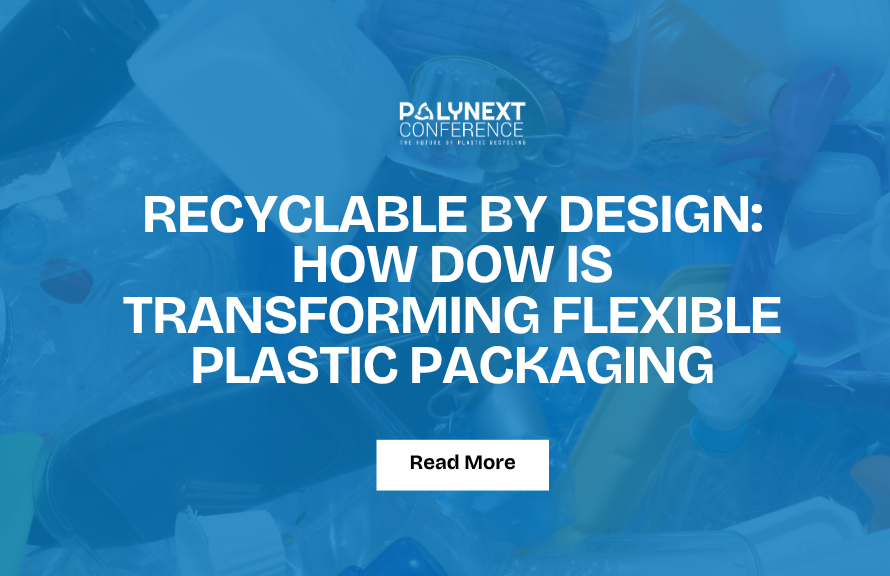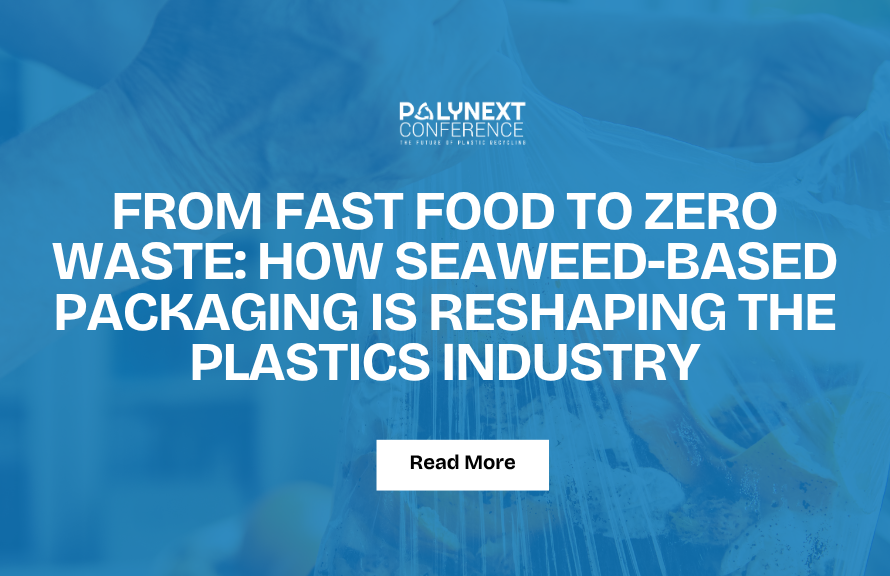Sustainable packaging is no longer a niche trend—it’s a growing priority for both businesses and consumers. As the world grapples with environmental degradation, eco-friendly packaging offers a promising path forward. From innovative materials to creative reuse, the future of packaging is being built with sustainability in mind.
What is Sustainable Packaging?
Sustainable packaging refers to packaging solutions that minimize environmental impact through reduced material usage, renewable resources, and recyclability. It supports a circular economy by extending the life cycle of packaging, reducing landfill waste, and conserving energy and raw materials.
Benefits at a Glance
Lowers carbon footprint
Encourages reusability and recycling
Enhances brand value and consumer trust
Supports environmental and economic sustainability
5 Inspiring Packaging Innovations
1. Recycled Fishing Nets by Rema 1000
Detergent bottles made from old Fishing Nets not only reduce ocean plastic but also show how circular thinking can clean up our seas and shelves.
2. Bioplastics from Prawn Shells
Singaporean researchers are turning seafood and fruit waste into chitin-based bioplastics, proving waste can be a resource.
3. Compostable Mailers by Hero Packaging
Plant-based and compostable, these mailers replace plastic in eCommerce shipping—disappearing without a trace after use.
4. Soap Bottles That Melt
Soapack makes soap containers that dissolve in hot water. It’s the perfect blend of creativity, utility, and zero waste.
5. Plant-Based Plastics by Utopia Plastix
Derived from starch, these alternatives to petroleum-based plastics are designed to biodegrade faster and cleaner.
Leading the Change: IKEA and H&M
Big brands are stepping up too. IKEA is exploring biodegradable mycelium-based packaging, while H&M is designing packaging that transforms into functional items like clothes hangers—an innovative take on reuse.
The Consumer Angle
Most consumers prefer paper-based packaging for its biodegradability. However, while sustainability is valued, many still hesitate to pay extra for greener options. This creates a challenge—and an opportunity—for brands to innovate without inflating costs.
The Roadblocks
Plastic still rules the packaging world, but with dire consequences: only 2% of plastic packaging is recycled globally. Designing simpler, more recyclable materials is essential to shift this narrative.
Conclusion
Sustainable packaging is more than just a buzzword—it’s a necessity for a livable future. By combining innovation, circular design, and consumer awareness, companies can lead the way in reducing environmental impact. The packaging of tomorrow must not only protect products—it must protect the planet too.
PolyNext 2025, a leading global summit on sustainable materials and packaging innovation, will spotlight the latest advancements in eco-friendly design, biodegradable materials, and circular economy strategies. As industry leaders gather to shape the future of packaging, PolyNext stands as a key platform driving sustainable transformation across sectors





